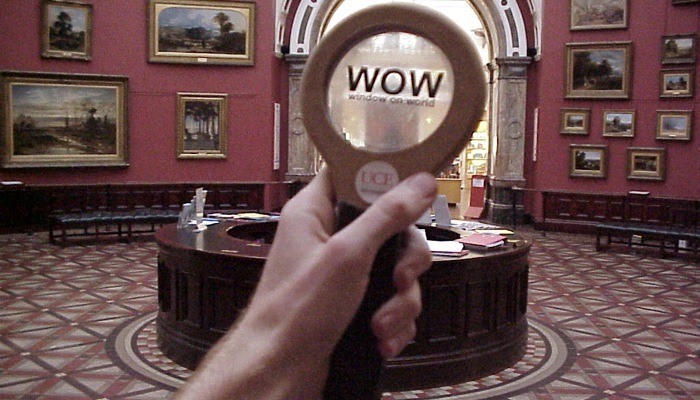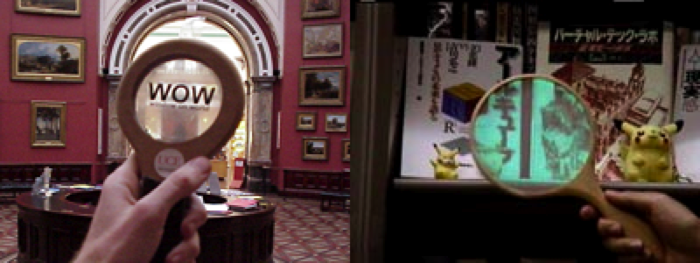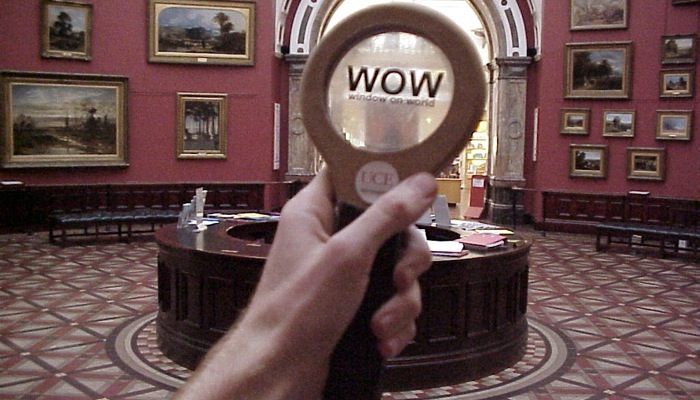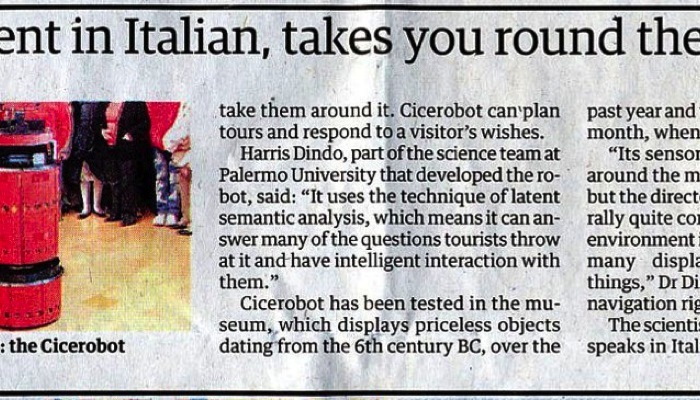‘Ambient Technology for Museums’ was a nine-month ‘investigation into applying the benefits of many modern technologies to enhance the museum goers’ experience’.
It was the main project of my Masters of Arts in Product Design, taken 1999-2000, and was awarded a distinction. The main themes were harnessing informatics and humanising technology. Research encompassed cultural issues as much as technology and resulted in an innovative museum guide system.
The project was inspired by my Mechanical Engineering ergonomics project ‘Augmented Reality Through Projected Displays’, in which me and my inspired tutor - somehow , quite incongruously - managed to create an ‘Augmented Art Gallery’ as the main research piece. From that, we’d seen a lot of promise in furthering understanding and interpretation in the very information-rich and controlled spaces of museums through using technology, and so wanted to find a way of investigating it further. What was particularly good about the Masters as a vehicle for this, was the approach being pioneered there by Jack Ingram called ‘designing the user experience’, which really facilitated an objective look at just what technology should be doing, rather than surveying what was cool in technology at the time. Along with massive inspiration from Antony Dunne’s 'Hertzian Tales: Electronic Products, Aesthetic Experience and Critical Design’, the project proved a really progressive investigation of just what product design was in a world that was increasingly mediated through electronic objects whose form was invariably less important than their behaviour. So rather than a product, it became a system of products. Rather than a fashioned item, displayed in a fishtank, there were placeholder suggestions independent from their behaviour, and videos of these rough props showing the context of use. But most of all, I went in imagining a multi-media orgy of an exhibit, and came out enlightened with an approach to problems that in this case led to a parrot on your shoulder, narrating your experience.
Project website archived at: http://maproject.tobyz.net, in particular check the walkthrough animation (historical note: i learnt flash doing this, trying to make a static diagram explain what i wanted turned into an animation and a love of flash that lasted many years). PDFs of the project reports, a more media-heavy version of the interactive, and various full-res images and photos from the exhibition can be downloaded from the attached zip.





